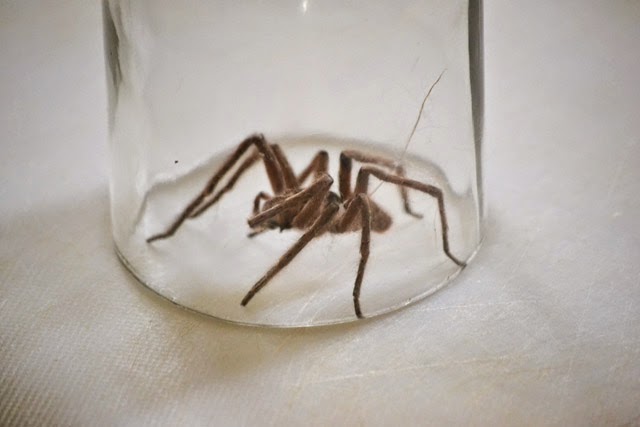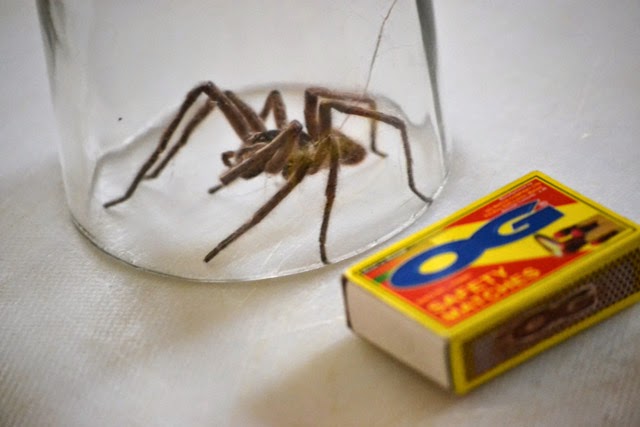 | |
| camera about 75 cm from the model's face, zoom at 17mm |
I have written about the zoom lens before. Today I return to the subject, because the use of perspective is essential for the rendition of your subject. Very basically speaking: when you zoom out, and go close, you get depth in a photo with large and small: those elements close to the lens appear big, those further from the lens appear small. This can give very dynamic photos, and I use it frequently. Once on assignment in Zambia, the man from the project I was photographing said: you go close to yur subject, don't you? I thought for a moment and I realised it was true. I did not think about that very much, I just created the image in my viewfinder. When you go close and zoom out, the viewer also feels close to the subject, and that draws him in. So for reportage, if you want a subjective feel, a feel that the viewer is on the spot himself, it can be good to go real close.
On the other hand wide angles' distortion can be unpleasant. The opposite is true when you zoom in and take distance: the parts of your subject further fromteh camera don't seem so much smaller than the ones closer to the camera: the perspective is compressed. If you want depth when zoomed in, usually your best option is to open up the aperture, and use selective focus: only the distance from the camera you focus on becomes sharp, everything closer or further becomes unsharp.
Today I got Tinashe to model for me. Thank you Tinashe. (by the way, if you need a great wedding cake in Malawi, contact her, her cakes are delicious and beautiful! https://www.facebook.com/alinafetinashe.kanjanani)
Today I got Tinashe to model for me. Thank you Tinashe. (by the way, if you need a great wedding cake in Malawi, contact her, her cakes are delicious and beautiful! https://www.facebook.com/alinafetinashe.kanjanani)
So when you are close and zoomed out the part of your subject close to the camera appears bigger,
the part further from the camera appears smaller. When photographing people, it is often best to keep the camera at eye level, so the viewer will identify with the subject. If you are close and have the camera at your model's eye level, you look down on the legs, and because of for-shortening, they come out short. In most model photography that is not what you want.
 |
| camera about 10 meters from the model, zoom at 135mm |
For the next photo I moved back about 10 meters and with a telelens of 135 mm I got her to fill the whole photo. Again the camera is at her eye level. You see now, that her legs come out much longer, here we do justice to her natural beauty.
If you are in a confined space and have no option of moving back 10 meters, often the best compromise is to move back as far as you can, maybe have the model a bit closer to the back wall and hold the camera at her waist level. This is not as flattering for the face, as you look up and that way emphasize the chin, but it is much better for the legs than the camera at her eye level. In a full length photo the face is less important than the whole body, that's the point of a full length photo.
But nothing beats taking distance from your model to bring out the legs to their full potential.



























